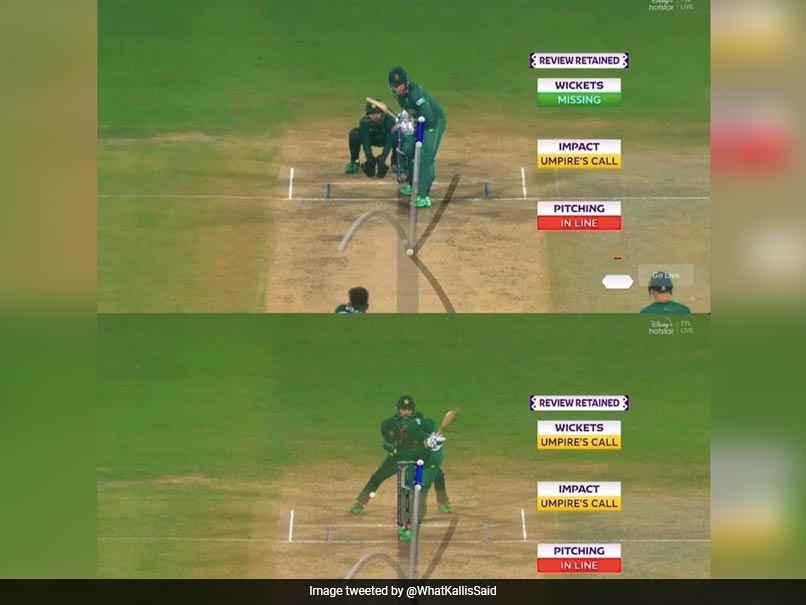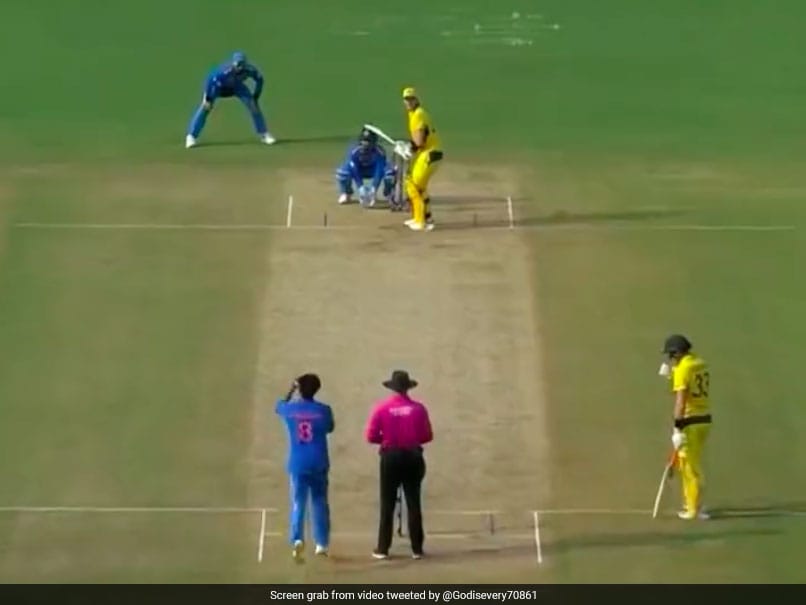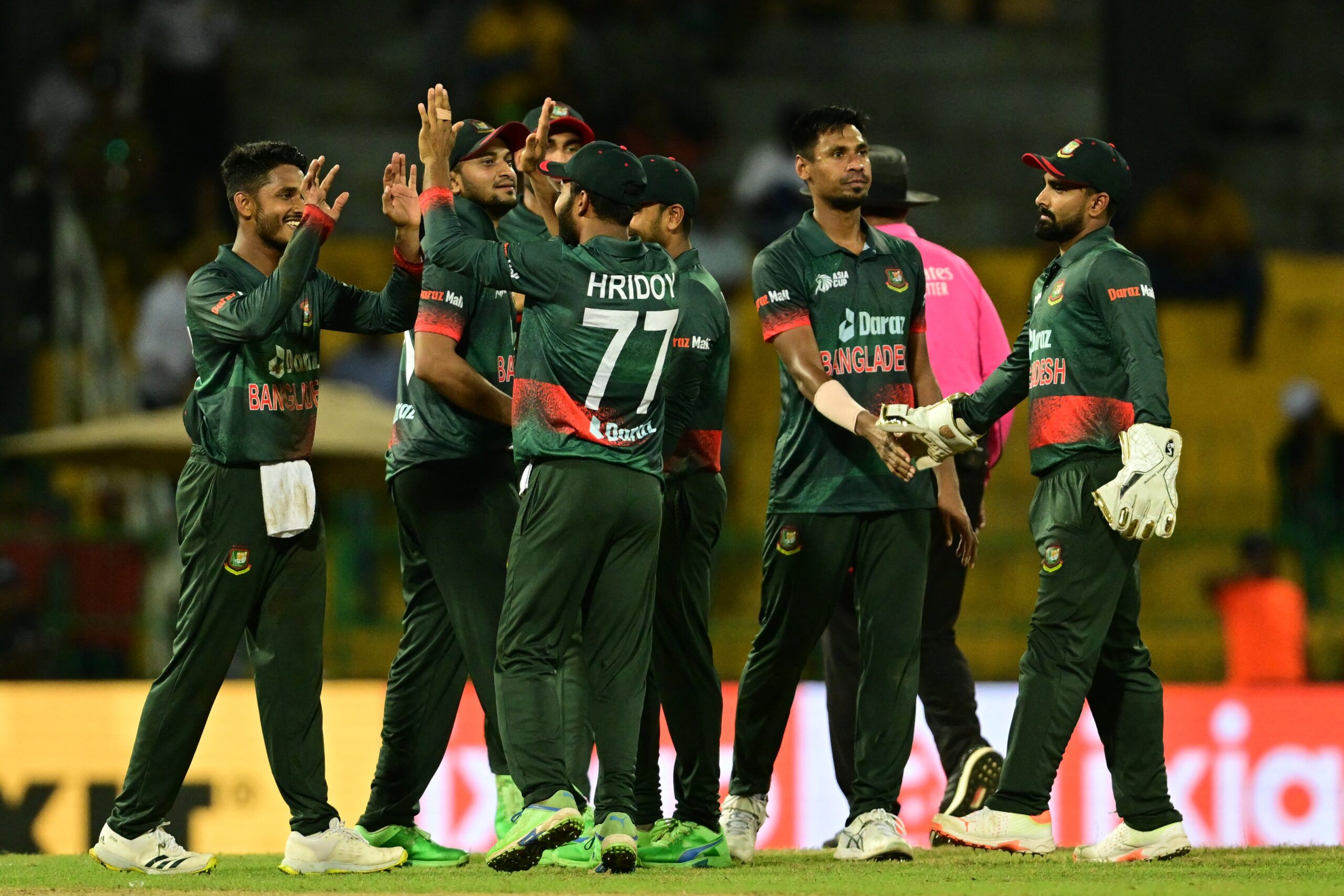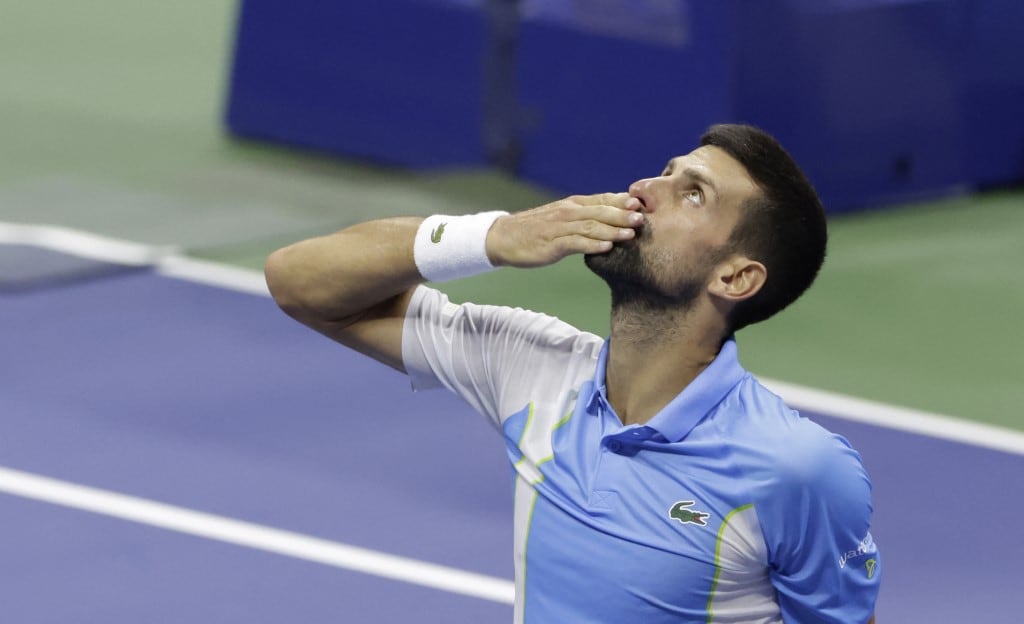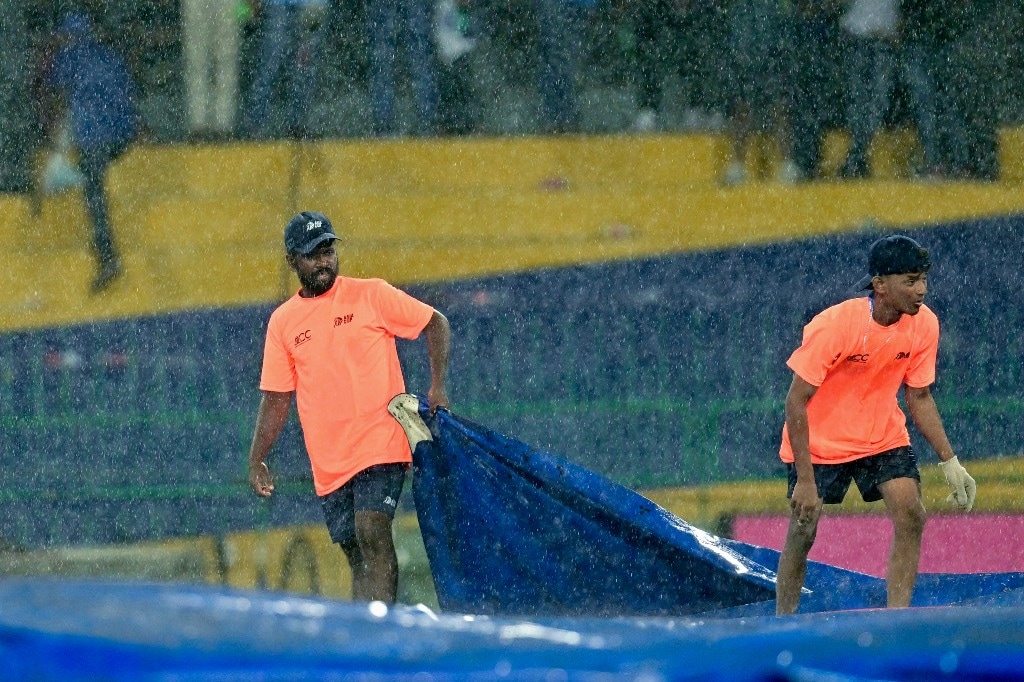Hitman in the World Cup: India’s captain Rohit Sharma plays a shot during the 2023 ICC Men’s Cricket World Cup one-day international (ODI) match between India and Pakistan at the Narendra Modi Stadium in Ahmedabad on October 14, 2023.
| Photo Credit: DEEPAK K.R.
Table 1 | The table shows Rohit Sharma’s record in the World Cups
Mat: Matches; HS: High score; Ave: Average; SR: Strike rate
Charts appear incomplete? Click to remove AMP mode
Indian cricket captain Rohit Sharma hit his seventh hundred in World Cup ODIs against Afghanistan last week in what was only his 19th match in World Cups (he is now playing in his third edition). An all-format batting legend, Rohit’s ODI record is superlative, but his World Cup performances have been even more so. He has scored 1,195 runs in 20 matches with an average of 66.4 and a strike rate of 101.96 (see Table 1). These runs were scored in different venues in Australia, New Zealand, England, and India, suggesting the all-round nature of his batting as well.
Chart 2 | The chart plots the averages and strike rates for all batsmen across World Cups (only those batsmen who scored a minimum of 500 runs across editions were considered). In limited overs cricket, strike rates matter equally along with averages, more so in ODIs as compared to T-20Is.
The elite club
The quadrant featuring those batters with a strike rate of 85 runs off 100 balls or above and an average of 45 runs or above represents the elite batters. Only 24 players had such figures across World Cups. And if we consider the criterion of batters playing at least three World Cup tournaments, the number is reduced to just 18.
None of these 18 batsmen averaged more than Rohit, with only AB de Villiers of South Africa with 63.5, Michael Clarke of Australia with 63.4 and Viv Richards of West Indies with 63.3 coming close (the late Andrew Symonds of Australia had an average of 103.9 runs but he played in only two World Cups). Only three batsmen — de Villiers (117.3), Australia’s Shane Watson (108.1) and South Africa’s David Miller (121.7) had higher strike rates than Rohit (102). Only de Villiers seems to be on a par with Rohit if both measures are considered together.
Taking eras into account
But it is not enough to look at averages and strike rates alone. Rules change over time. And the influence of T20 cricket and the general evolution of ODI cricket has seen to the fact that batting averages and strike rates have gone up significantly over time. The fact is that all-time greats like Viv Richards had a high strike rate (85-plus) and average (63.31) at a time when such measures were relatively low in an earlier era of ODI cricket. We need to look not just at these measures in total, but also relative to the eras in which these cricketers registering such marks played.
Table 3 | The table lists out the averages and strike rates of all batsmen in each World Cup. Note how these measures almost uniformly increase over time.
Ave: Average; SR: Strike rate
Table 4 | The table lists out the 18 batsmen (culled from the elite batsmen measured by the plot in Chart 2) and finds out their relative averages and strike rates.
In the online version, we’ve corrected an error from the print edition where DA Warner was erroneously listed twice in Table 4
By relative average and strike rate, we calculate the difference between the batters’ measures and those registered by all batters in the World Cups they played. Higher relative averages and strike rates suggest how better these batters were relative to the era they played and offer a better comparison.
The best of the best
By this measure, Richards (35.7), de Villiers (34.9), Clarke (34.8) and Rohit (34.7) have the highest relative averages and de Villiers (36.3), Miller (32.6), Watson (27.1) and Richards (21) had the highest relative strike rates. It is quite clear that Rohit registers very high among World Cup performers, but only two batsmen have truly crossed the stratosphere — the effervescent de Villiers and the man they dubbed the King, Viv Richards.
Source: ESPN cricinfo’s Statsguru
Also read | Data | The indirect impact of T20s on Test cricket
Listen to our podcast |How Turkey’s economic and political trajectory compares to India | Data Point podcast




